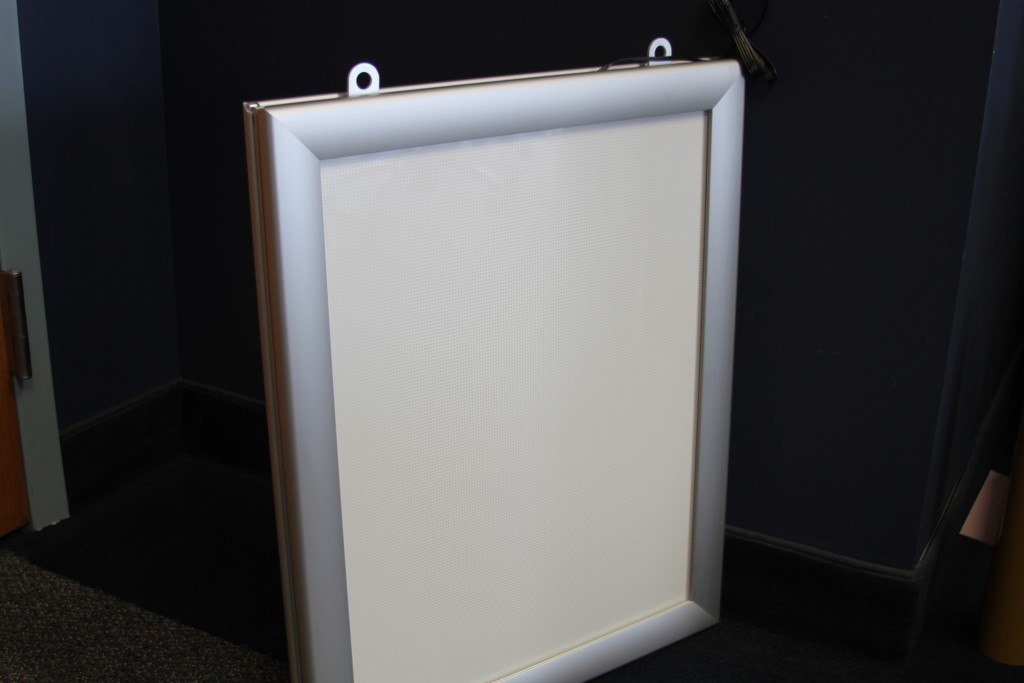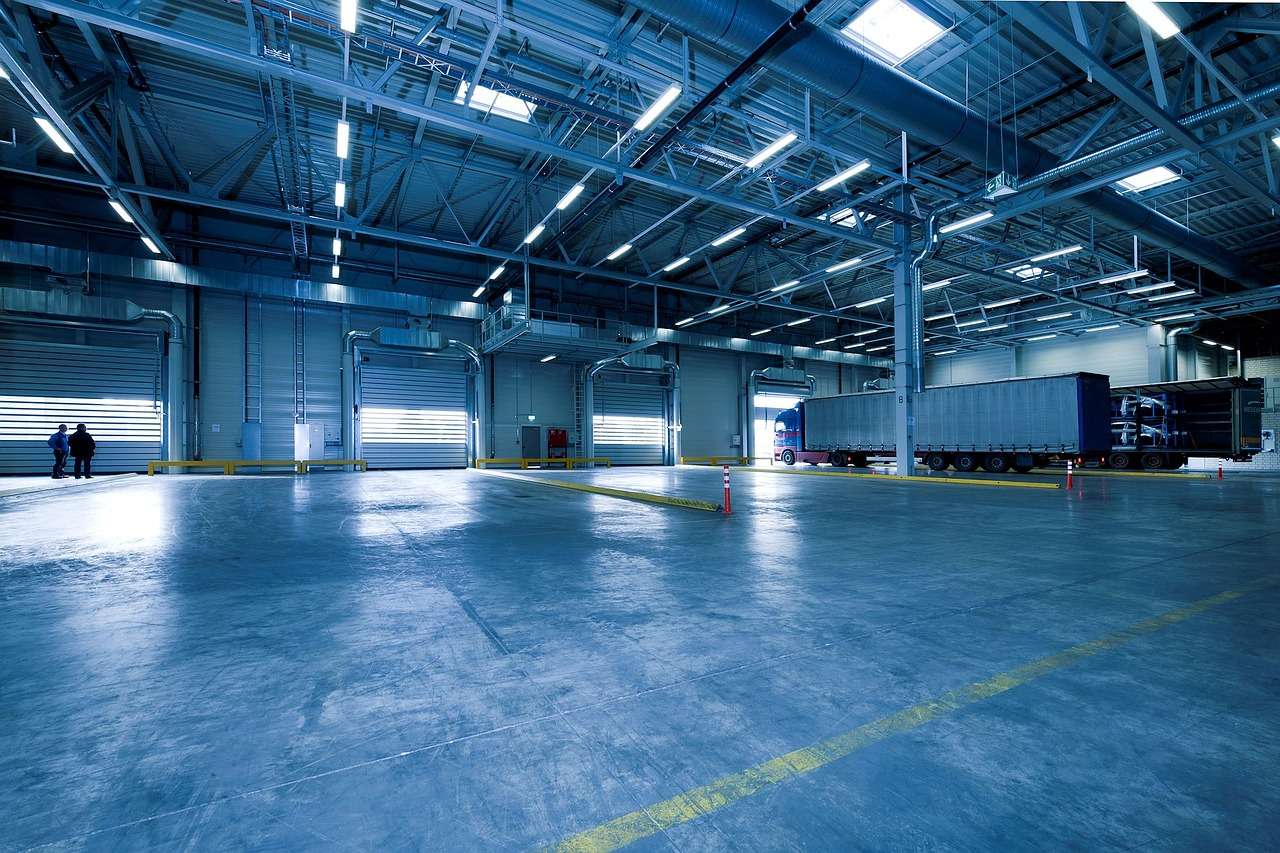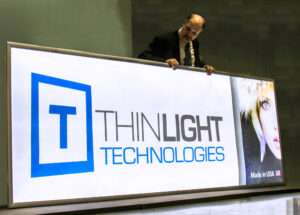
In an industrial setting, there are a lot of things that you can’t compromise on, but with the advances in industrial LED lighting, lighting has become an area where industrial operations have the choice to help the environment and save money without sacrificing reliability or light quality.
Individuals and companies are becoming increasingly aware of the impact that humans and industry have on the environment. It is also becoming clear that some of our actions are not sustainable and many businesses are looking for other options that are more environmentally friendly. Switching from traditional fluorescent or incandescent lights to LED lights can beneficial, both on the environment and on operating costs.
Longer lifespan while using less energy
LED lighting lasts more than 20 times longer than traditional lighting sources. A typical LED light has a 60,000 hour lifespan, compared to only 1,500 hours with an incandescent bulb. LED lights in industrial settings last an average of seven years before they need to be replaced. During that time, you would have to replace a fluorescent bulb 10 times and an incandescent bulb over 130 times.
Not only do LED lights last noticeable longer, they also use less energy throughout their lifespan. The U.S. Department of Energy believes that widespread use of LED lighting has the greatest potential to positively impact energy savings. They estimate that by 2027, LED light use could save 348 TWh of electricity. To put that into perspective, that’s the equivalent of 44 large electric power plants annual output and would equal a total savings of more than $30 billion at current electricity prices.
Fewer light sources needed in industrial LED lighting
LED lights offer better light focusing and distribution by focusing the output light only in the desired direction. Other types of lighting project light in every direction, wasting energy and illuminating areas like the ceiling, that don’t need to be lit.
LED lights give the same level of brightness but require fewer lights compared to other lighting sources. By reducing the number of lights required to illuminate a space, manufacturers and businesses are able to reduce energy consumption and lower lighting costs.




